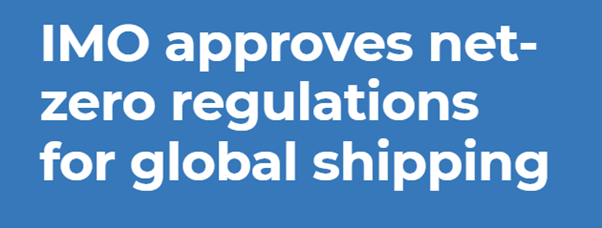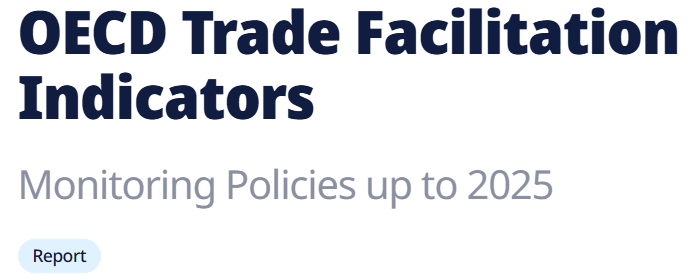
As India and the European Union (EU) gear up for the ninth round of Free Trade Agreement (FTA) negotiations, scheduled for September 23-27 in New Delhi, both sides acknowledge the need for a ‘strategic and political impetus’ to advance talks. These discussions follow eight rounds of negotiations and aim to strengthen trade and investment ties between India and the EU.
A prominent issue in the upcoming talks is the European Union’s Carbon Border Adjustment Mechanism (CBAM), which imposes carbon-related tariffs on high-emission imports such as steel, iron ore, and cement. India has expressed concerns about the potential impact of CBAM, viewing it as a possible non-tariff trade barrier. However, the EU stresses that CBAM is part of its climate decarbonization strategy and is not a protectionist tool.
”CBAM is designed to support our climate goals and sustainability efforts. It is not intended to protect EU industries but to promote decarbonization. We are open to engaging in dialogue with India to address its concerns,” said EU Ambassador Hervé Delphin.
Despite India’s opposition to including environmental regulations like CBAM in trade agreements, both sides remain committed to advancing the FTA, which could unlock new trade opportunities and job creation.
In light of the impact CBAM could have on global trade flows, the Global Shippers’ Alliance (GSA) is closely monitoring the negotiations. The GSA, which represents major global shipping and trade stakeholders, is keenly focused on how these policies will affect international supply chains and market competitiveness. The alliance has called for greater transparency and cooperation between governments to ensure that environmental measures like CBAM do not unduly hinder global trade.
The EU has assured that CBAM will be phased in gradually, giving Indian industries time to adapt to the new regulations while allowing space for ongoing discussions to address India’s concerns. Both parties are committed to pursuing a balanced FTA that promotes sustainable trade and economic growth.





